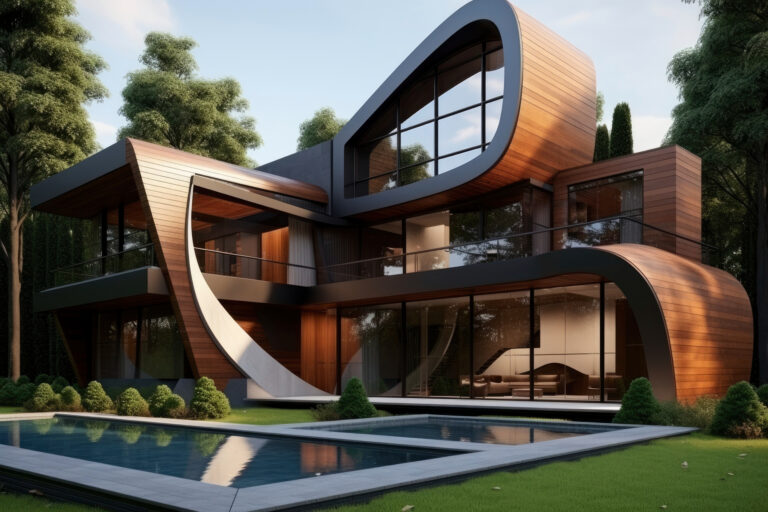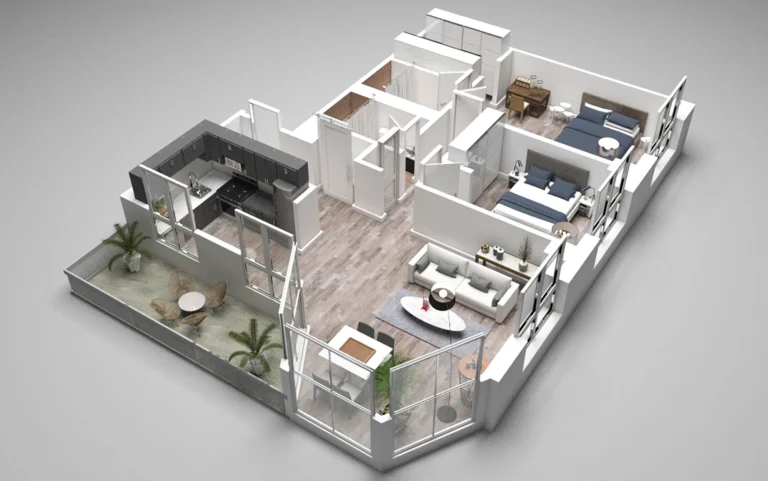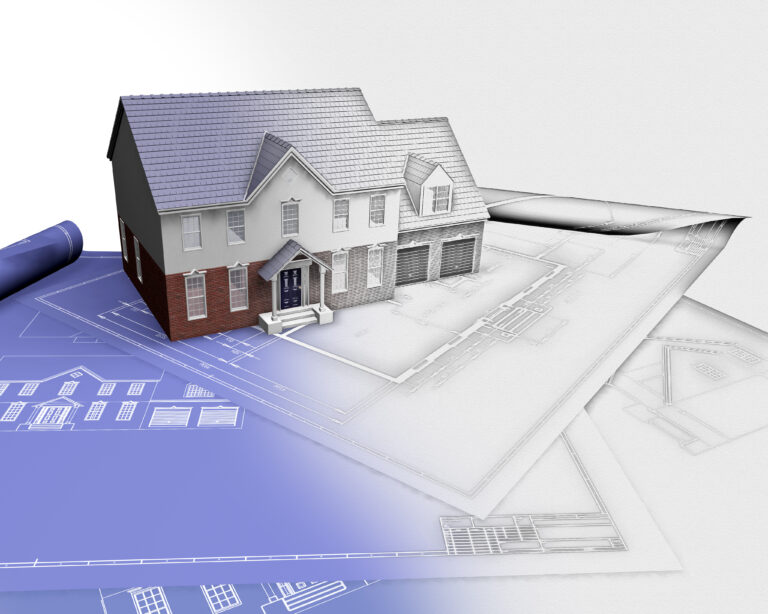Introduction
Before the rapid change and advancements in technology, only a few sectors could afford the cost of 3D rendering, including the gaming and photography industries. On realizing the numerous benefits of 3D rendering, architecture, engineering, and construction companies adopted rendering services. This marked a rebirth of these companies and how they operated.
The merger of the construction, engineering, and architectural industries led to the formation of the AEC sector, giving birth to architectural rendering. 3D rendering services made it easier for the AEC sector to create architectural visualizations and animated objects, enhancing communication and interaction among 3D artists, rendering companies, clients, and investors.

With time, more companies began to adopt 3D architectural visualization after realizing its marketing advantages. The ability to market yourself to your customers greatly impacts your success in the architectural rendering sector. Poor communication and failure to master proper customer advertising strategies are some of the main challenges faced by several companies. This poses challenges for startups and upcoming companies as they require more funds to acquire the necessary software for architectural visualization. Architectural visualization led to the creating of high-quality architectural designs to showcase to clients.
Architectural Visualization From 2010 to 2020
2010 marked a new era of positive transformation in the architectural visualizer industry. Advancements in computing, data, and artificial intelligence contributed to this. These new technologies brought positive reforms to the renderings, giving birth to new software for architectural visualization.
The adoption of these marketing tools by software companies led to the creation of high-quality digital models, making communication between the client and the 3D artist easier and eliminating any doubts the client might have had regarding the project. The 3D renderings presented to customers give them a clear understanding and view of the designs from all angles.
The demand for this powerful tool has continued to grow, also becoming a major source of revenue generation. The AEC sectors continue to become a major area of focus for its constant growth and revolution.
Architectural Visualization From 2020 to 2025

The demand for 3D rendering services is expected to skyrocket by a huge margin come 2025. Compared to 2016, the demand for these services is expected to have grown by over 500% by 2025. Unsurprisingly, the industry surpasses its target, and the 3D modeling tool is becoming incomparable and irreplaceable. 3D rendering is now being used worldwide by several companies to create stunning and visually appealing images. It is clear that several firms using this powerful tool have managed to achieve their market goals. Also, by 2020, the industry managed to integrate other technologies like virtual reality, 3D printing, and IoT to create high-quality renders.
The use of computer-generated images even made the operations faster and more effective. These technologies make work easier for 3D artists and architects in interior design, enhancing innovation and the ability to approach rendering challenges and develop the right solutions confidently.
Earlier, before 2010, architecture 3D visualization was limited to a few industries but has grown to be adopted by several other sectors, including enterprises, contractors, distributors, suppliers, technology providers, venture capitalists, investors, application service providers, and consulting companies. The services have also significantly impacted 3D rendering vendors, system integrators, CGI developers, and third-party vendors, to name a few.
The Global State of The Market

Currently, 3D rendering is one of the dominant players in architectural visualization. It is vital in 3D interior rendering, 3D exterior rendering, and floor plans. Understanding your customers’ expectations plays a key role in your success in the industry. This includes real time marketing, a quick turnaround, user-friendly interfaces, and real life images.
The AEC sector tops the architectural rendering industry with a 45%+ stake. According to statistics, the momentum will rise even higher with the gradual demand for architectural renderings.
From customers’ reviews, using 3D renders to simulate construction projects and showcase them to clients makes it easier to make decisions and request necessary revisions in case the need for improvement arises.
Biggest Issues Ahead

3D artists should use architectural visualization to create high-quality renders for their clients, looking impressive and guaranteeing a high return on investment. These visualizations help developers sell their ideas to customers, transforming customers’ dreams into reality. On the other side, architects use 3D renders as a reference during construction to avoid common design flaws in exterior and 3D interior design that may lead to financial losses when rectifying the mistakes made.
Another common challenge in 3D visualization is futuristic designs. Concerns have been raised over 3D artists recycling 3D renders, which can degrade the quality of the render. Poor technologies and inadequate equipment are another concern in the rendering industry. Poor infrastructure and lack of skilled personnel are other issues that should be addressed to ensure effectiveness in the industry.
Conclusion
Innovation and technological developments play a crucial role in the growth and success of architectural visualization. This marketing tool brings several benefits to all parties involved, enhancing clear communication, design exploration, client engagement, realistic presentation, problem identification, public engagement, and aesthetic evaluation, to name a few. This is a guide to discovering the world of architectural visualization: a beginner’s guide, unveiling the transformative power of rendering design ideas.
Frequently Asked Questions
1. What is architectural visualization?
Architectural visualization involves creating realistic and visually compelling representations of architectural designs using 3D rendering software.
2. Which industries need architectural visualization services?
Several industries have adopted architectural visualization from the construction, engineering, and architecture sectors.
3. How do I learn architectural visualization?
This is a process that demands time, dedication, and consistency. You master the skills and expertise of architectural visualization over time. You can apply for online courses or seek help from industry experts.
4. Which is the right software for architectural visualization?
The best software for architectural visualization includes SketchUp, Blender, 3Ds Max, and Autodesk.
5. How do I improve architectural visualization results?
Improve visualization results with quality textures, accurate lighting in 3D interior design, and developing an understanding of composition.
Alex Smith is a content writer at RealRender3D, writing informative articles on 3D rendering, interior design, architecture, and related topics.
With over 15 years of experience at top UK architecture and interior design firms, Alex leverages his expertise to write engaging content educating readers on AEC industry trends and best practices.
Connect with Alex at alex@realrender3d.co.uk.











